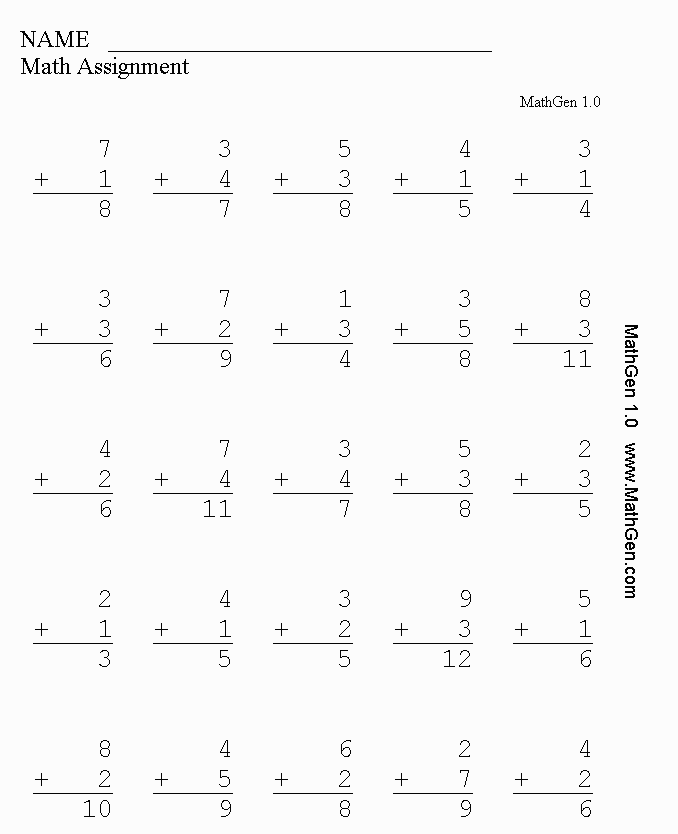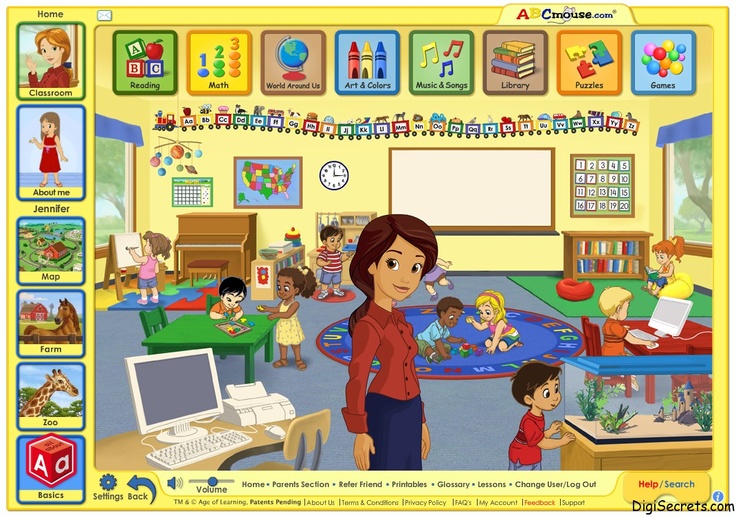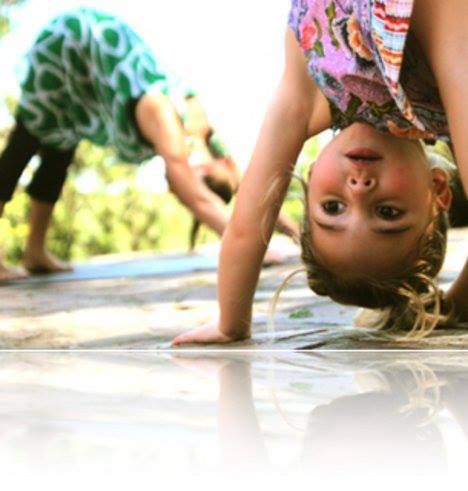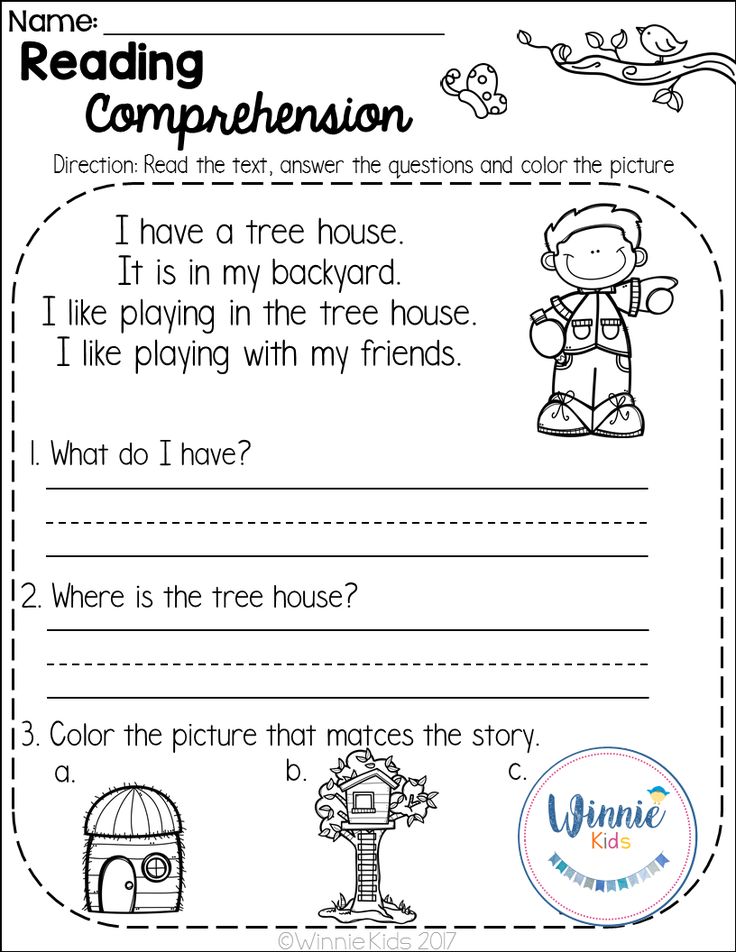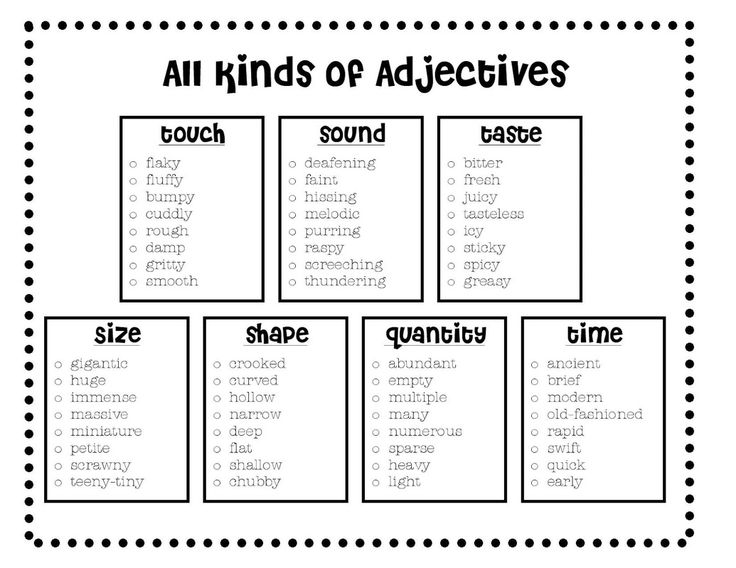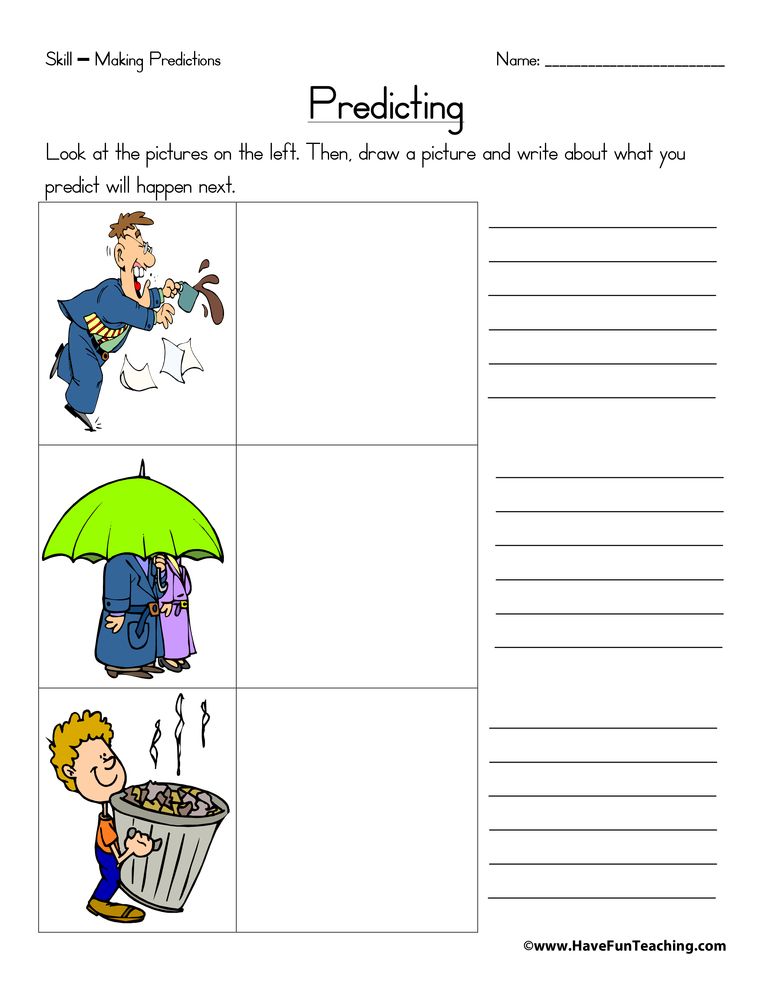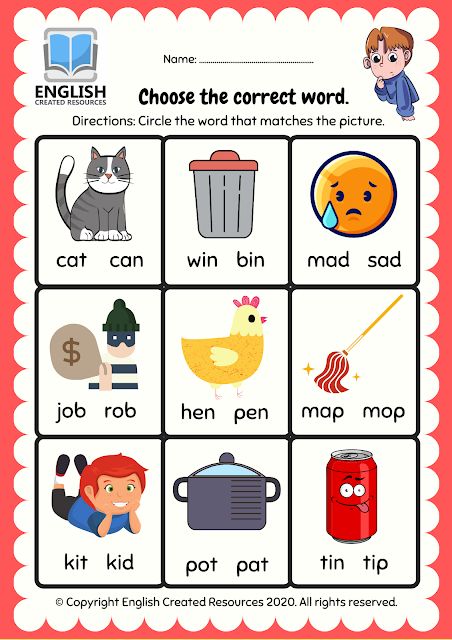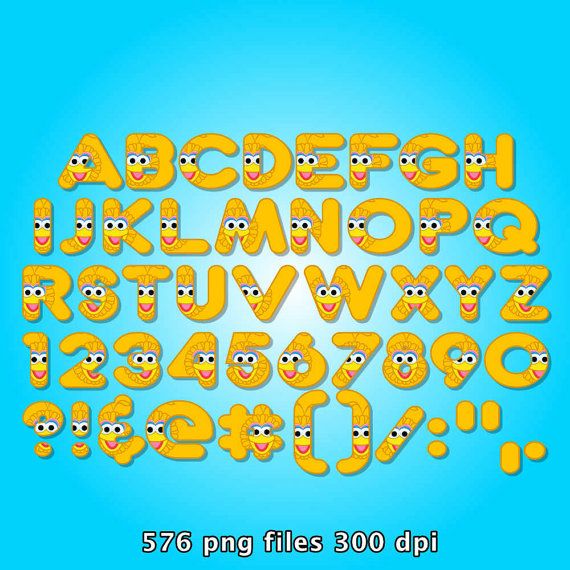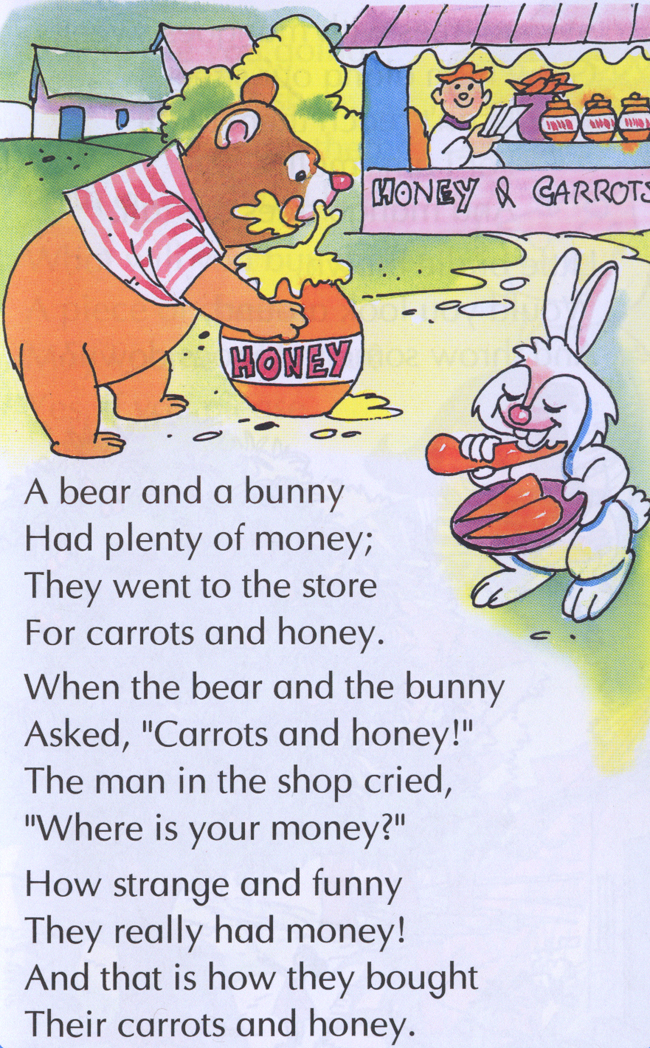First grade math lessons
First Grade Online Lesson Plans
View Our Lesson Demos!
A first grade math curriculum should teach students the fundamentals in a way that is not just effective, but also fun. In addition to giving students a solid foundation, first grade math fluency also arms students with the tools and confidence they need to learn more advanced concepts down the road.
If a child can’t keep up with a first grade math curriculum, not only will they fall behind and, in turn, lose confidence, but they’ll also lose interest in the subject. Additionally, the skills and concepts that students learn in first grade math aren’t just limited to use in their academic studies. First grade math fluency also helps students become better problem solvers and logical thinkers.
What Math Should a 1st Grader Know
Students will acquire tons of new math skills in first grade. This knowledge will serve as a foundation for what they will learn in second grade math and also expand on what they learned in kindergarten. As they go into first grade, students should be familiar with a number of concepts in order for them to be successful and learn more advanced topics and math strategies. These include, but are not limited to:
- Be able to count, identify and write numbers
- Perform one-digit addition and subtraction
- Have an understanding of quantity (more and less)
- Familiarity with patterns and shapes
- Knowledge of place value (ones, tens, etc.)
The ideal math curriculum for first grade should not only build on these skills and ensure mastery of new concepts, but also make learning fun by engaging and motivating students.
Math Objectives for 1st Grade
Once you’ve selected the ideal math curriculum, it is important to set some attainable goals. Below is a sample of what some of these math goals should be:
- Count to 100; county by 5s and 10s to 100; count by 2s to 40
- Represent numbers on a number line
- Add and subtract 2-digit numbers
- Write the date; tell time; read a calendar
- Count and create coin combinations; add and subtract money
- Identify, sort and classify 2-dimensional shapes
- Understanding the value of money
Towards the end of the year, if your child has already achieved most of their first grade math goals you can give them a head start for the next year by having them practice math facts.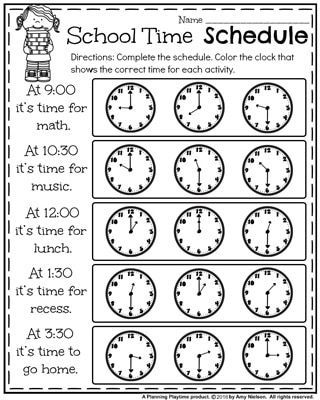 This will solidify what they learned in first grade and prepare them for their second grade math learning targets.
This will solidify what they learned in first grade and prepare them for their second grade math learning targets.
1st Grade Math Scope & Sequence
Chapter 1: “Number Sense”
Lesson 1: Read Numbers –
2 ActivitiesRead whole numbers up to 100. Use one-to-one correspondence to count objects up to 100.
Lesson 2: Compare Numbers –
2 ActivitiesCompare and order whole numbers up to 100 by understanding the concepts of greater than, less than, and equality.
Lesson 3: Ordinal Numbers –
2 ActivitiesMatch ordinal numbers with an ordered set of up to ten items. Identify first, second, and third by name.
Lesson 4: Count Numbers –
2 ActivitiesCount forward and backward by ones and count forward by tens from any number less than 100.
Lesson 5: Place Value –
2 ActivitiesIdentify the place value of a digit in whole numbers to 100. Identify the value of digits up to the hundreds place.
Identify the value of digits up to the hundreds place.
Lesson 6: Compare with Place Value –
2 ActivitiesGroup objects by tens and ones. Compare and order whole numbers up to 100 using place value.
Lesson 7: Count by Twos and Fives –
2 ActivitiesCount forward by twos and fives up to 50.
Lesson 8: Odd and Even Numbers –
2 ActivitiesModel and identify even and odd numbers.
Chapter Test: Number Sense
Chapter 2: “Fractions”
Lesson 1: Equal and Unequal Parts –
2 ActivitiesIdentify equal and unequal parts of wholes.
Lesson 2: Halves and Fourths –
2 ActivitiesIdentify and demonstrate fractions (1/2, 1/4) as parts of whole and parts of a set using concrete materials and drawings.
Lesson 3: Thirds –
2 ActivitiesIdentify and demonstrate thirds and 1/3 of wholes using concrete materials and objects.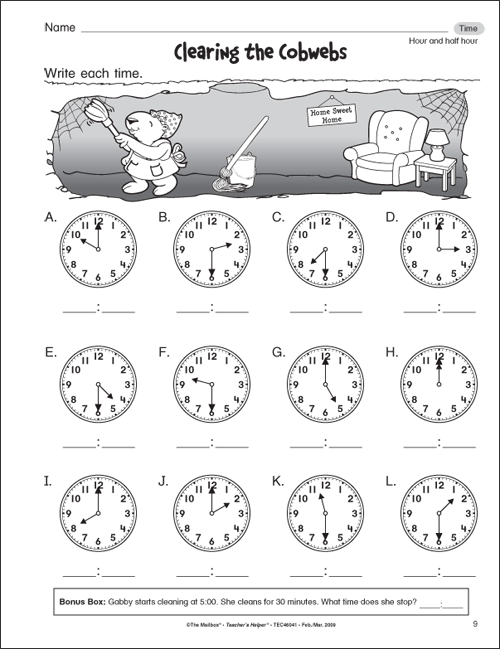
Lesson 4: Equal Fractions –
2 ActivitiesIdentify equivalent fractional parts as a whole.
Chapter Test: Fractions
Chapter 3: “Operations”
Lesson 1: Adding and Subtracting –
4 ActivitiesDemonstrate understanding of the meaning of addition and subtraction by using language such as put together, take away, increase, decrease, compare, and find the difference. Relate informal language to mathematical language and symbols.
Lesson 2: Place Value –
2 ActivitiesWhen given any number up to 100, identify one more than, one less than, 10 more than, and 10 less than.
Lesson 3: Equal Numbers –
2 ActivitiesUsing diagrams and/or numerical expressions, represent equivalent forms of the same number up to 12.
Lesson 4: One-digit Addition –
2 ActivitiesSolve one-digit addition problems.
Lesson 5: One-digit Subtraction –
2 ActivitiesSolve one-digit subtraction problems.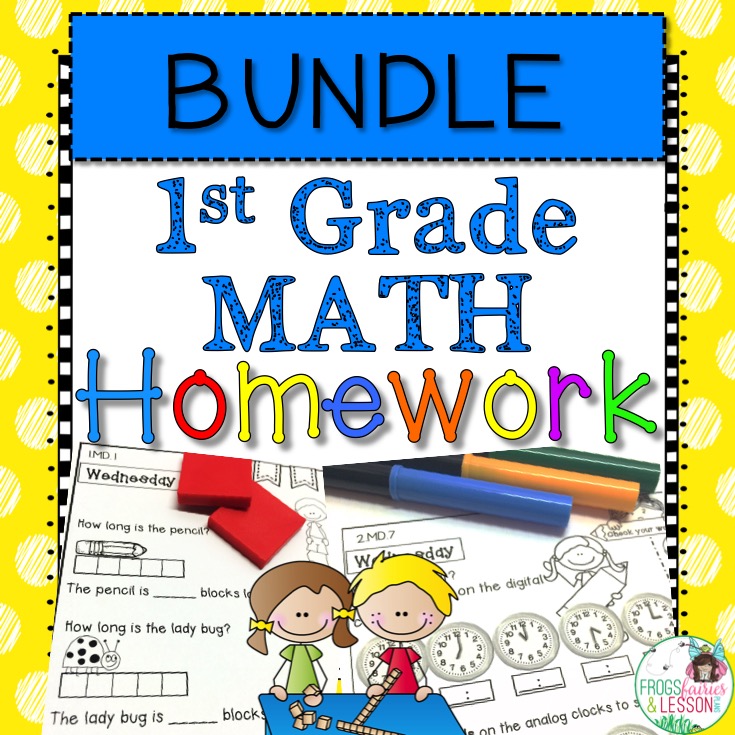
Lesson 6: Sum of Three Addends –
6 ActivitiesFind the sum of three one-digit numbers.
Lesson 7: Two-digit Addition –
6 ActivitiesSolve two-digit addition problems.
Lesson 8: Zero as a Placeholder –
2 ActivitiesExplain the meaning of zero and its function as a placeholder. Explore adding and subtracting zero.
Lesson 9: Addition and Subtraction Strategies –
7 ActivitiesSolve for basic addition and subtraction facts by using strategies such as counting on, counting back, doubling, doubling plus one, and making ten.
Lesson 10: One-Digit Word Problems –
2 ActivitiesSolve addition and subtraction one-digit word problems by selecting the proper operation.
Lesson 11: Problem Solving Strategies –
2 ActivitiesChoose an appropriate method, such as using concrete materials, mental math, or paper and pencil to solve real-world addition and subtraction problems.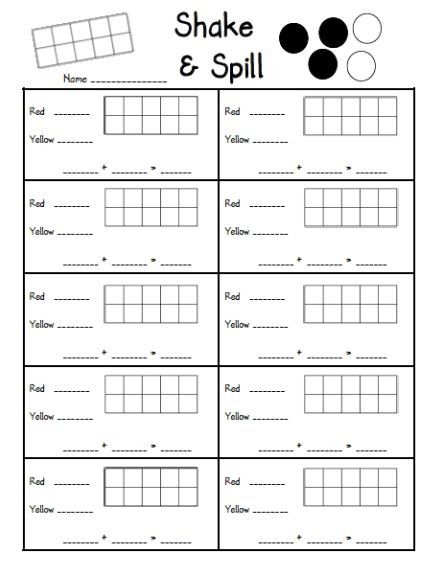
Lesson 12: Estimation Language –
2 ActivitiesUse the appropriate language of estimation such as about, near, closer to, and between to identify and describe numbers in real-world situations.
Lesson 13: Estimate –
3 ActivitiesEstimate reasonable answers to compare amounts, count objects, and solve basic facts.
Chapter Test: Operations
Chapter 4: “Money”
Lesson 1: Coin Values –
2 ActivitiesIdentify and name the values of coins (penny, nickel, dime) and show different combinations of coins that equal the same value, up to 75¢. Recognize and use the cents sign.
Lesson 2: Count Money –
2 ActivitiesIdentify and count money to equal an amount using the fewest coins.
Lesson 3: Model Money Amounts –
2 ActivitiesIdentify and count money to equal an amount using the fewest coins.
Lesson 4: Add and Subtract Money –
3 ActivitiesSolve simple addition and subtraction problems involving the use of pennies, nickels, and dimes up to 50¢.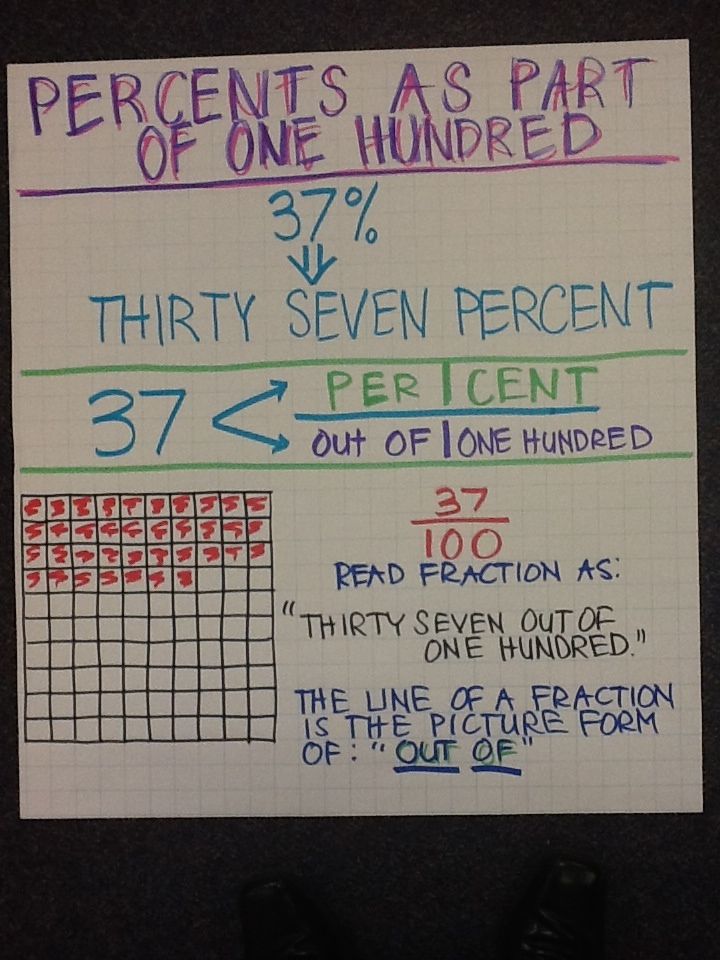
Chapter Test: Money
Chapter 5: “Patterns”
Lesson 1: Sort Using One Attribute –
2 ActivitiesSort and classify objects by one attribute.
Lesson 2: Sort Using Two Attributes –
2 ActivitiesSort and classify objects by two or more attributes.
Lesson 3: Rules for Sorting –
2 ActivitiesJustify rules for sorting and classifying.
Lesson 4: Build Patterns –
2 ActivitiesUse one attribute to create a pattern. Identify errors in repeating patterns.
Lesson 5: Classify Patterns –
2 ActivitiesClassify, describe, and extend patterns of objects using a wide variety of attributes (i.e., size, shape, color).
Lesson 6: Picture and Number Patterns –
2 ActivitiesPredict and extend pictorial patterns. Identify and generate patterns in number pairs by adding to a T-chart.
Lesson 7: Repeating and Growing Patterns –
2 ActivitiesExplore and create repeating patterns and growing patterns and generate rule for such patterns.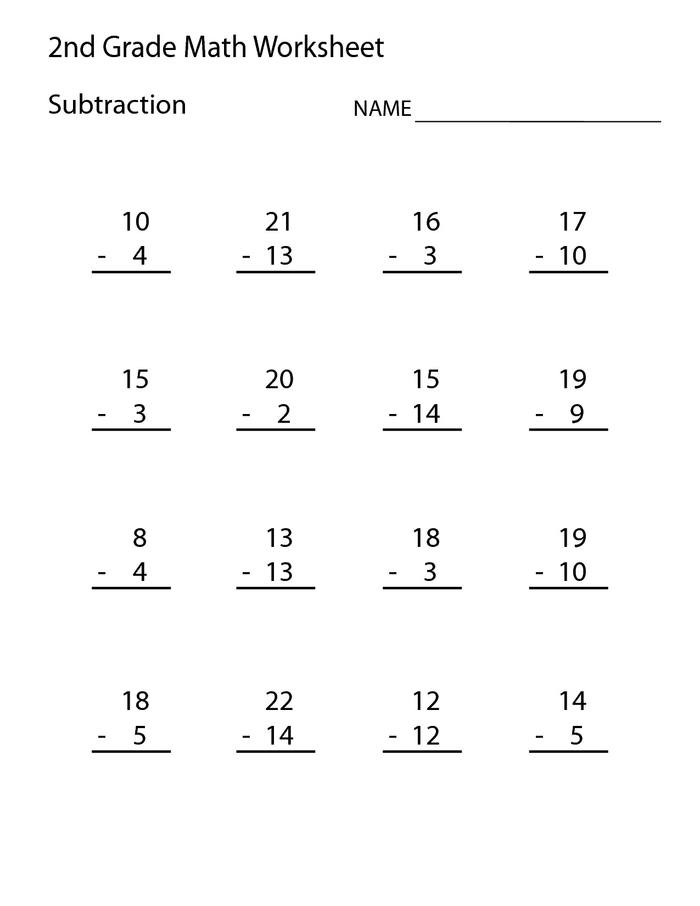
Lesson 8: Patterns on a Hundreds Chart –
2 ActivitiesExplore patterns of numbers on a hundreds chart.
Lesson 9: Skip Counting –
2 ActivitiesUse patterns to skip count by 2s, 5s, and 10s to 100. Understand and identify odd and even numbers.
Lesson 10: Extend Number Patterns –
2 ActivitiesPredict and extend existing numerical patterns using addition.
Chapter Test: Patterns
Chapter 6: “Algebra”
Lesson 1: Order Property –
2 ActivitiesUse the Commutative Property of Addition in solving problems.
Lesson 2: Add and Subtract Numbers –
2 ActivitiesUsing objects and pictures, model situations that involve the addition and subtraction of whole numbers.
Lesson 3: Fact Families –
2 ActivitiesIdentify fact families by understanding the patterns in related addition and subtraction sentences.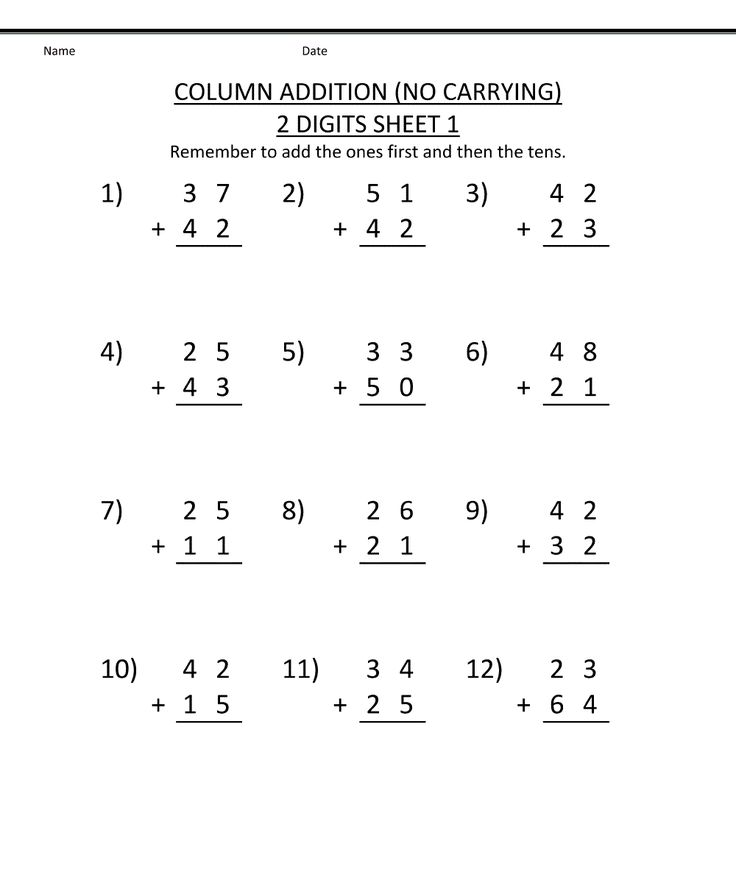
Lesson 4: Number Sentences –
2 ActivitiesUsing objects, create models that represent a variety of number sentences including the missing addend.
Lesson 5: Equal and Unequal –
2 ActivitiesUse concrete objects and pictorial representations to explore equalities and inequalities.
Lesson 6: Greater Than and Less Than –
2 ActivitiesUse concrete objects to solve number sentences with equalities and inequalities using the symbols <, =, >.
Lesson 7: Solve for Unknown Numbers –
3 ActivitiesSolve addition and subtraction problems with an unknown number represented by a geometric shape.
Chapter Test: Algebra
Chapter 7: “Shapes”
Lesson 1: Straight and Curved Lines –
2 ActivitiesCompare plane figures based on their straight and curved lines.
Lesson 2: Open and Closed Shapes –
2 ActivitiesIdentify open and closed figures.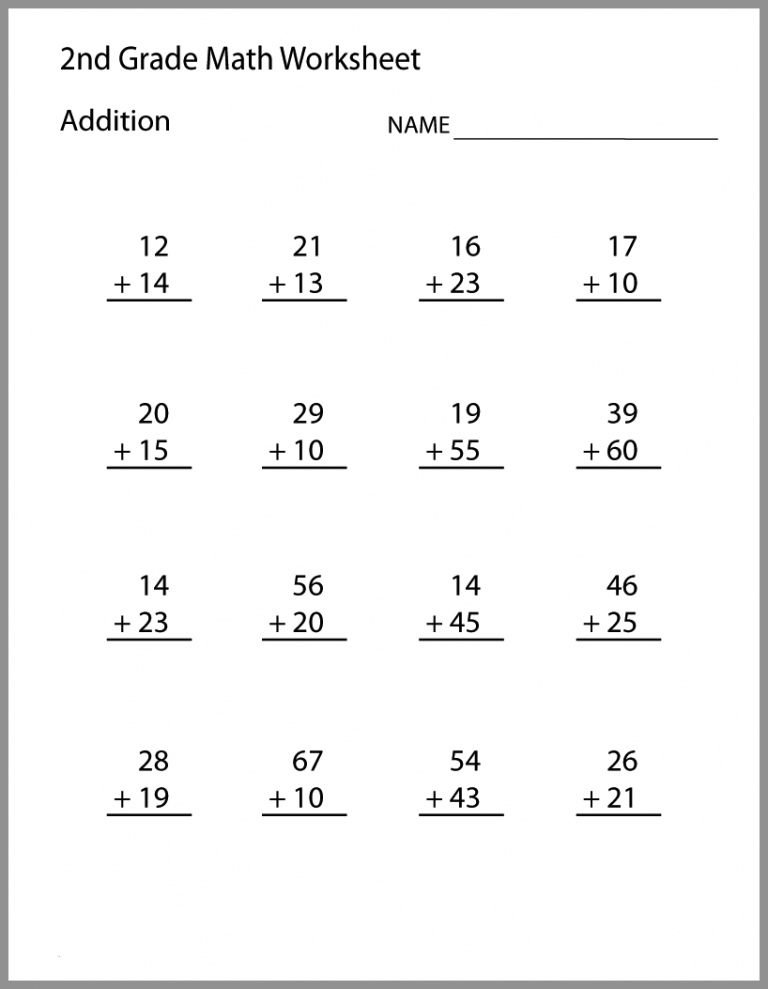
Lesson 3: Plane and Solid Shapes –
4 ActivitiesIdentify circles, triangles, and rectangles (including squares), and describe the shape of balls, boxes, cans, and cones. Sort shapes by attributes (sides, curves, corners).
Lesson 4: Special Plane Shapes –
2 ActivitiesRecognize plane shapes such as hexagons, trapezoids, and rhombi.
Lesson 5: Attributes of Plane Shapes –
2 ActivitiesDescribe and compare attributes (sides, vertices, angles) of two-dimensional shapes.
Lesson 6: Name Solid Shapes –
2 ActivitiesRecognize solid shapes such as spheres, cylinders, cones, and cubes.
Lesson 7: Attributes of Solid Shapes –
2 ActivitiesDescribe and compare attributes (edges, vertices, faces) of three-dimensional shapes.
Lesson 8: Congruent Shapes –
3 ActivitiesIdentify congruent two- and three-dimensional shapes.
Chapter Test: Shapes
Chapter 8: “Positions”
Lesson 1: Positions of Objects –
2 ActivitiesDescribe relative positions of objects or shapes using words such as top, middle, on, inside, and outside.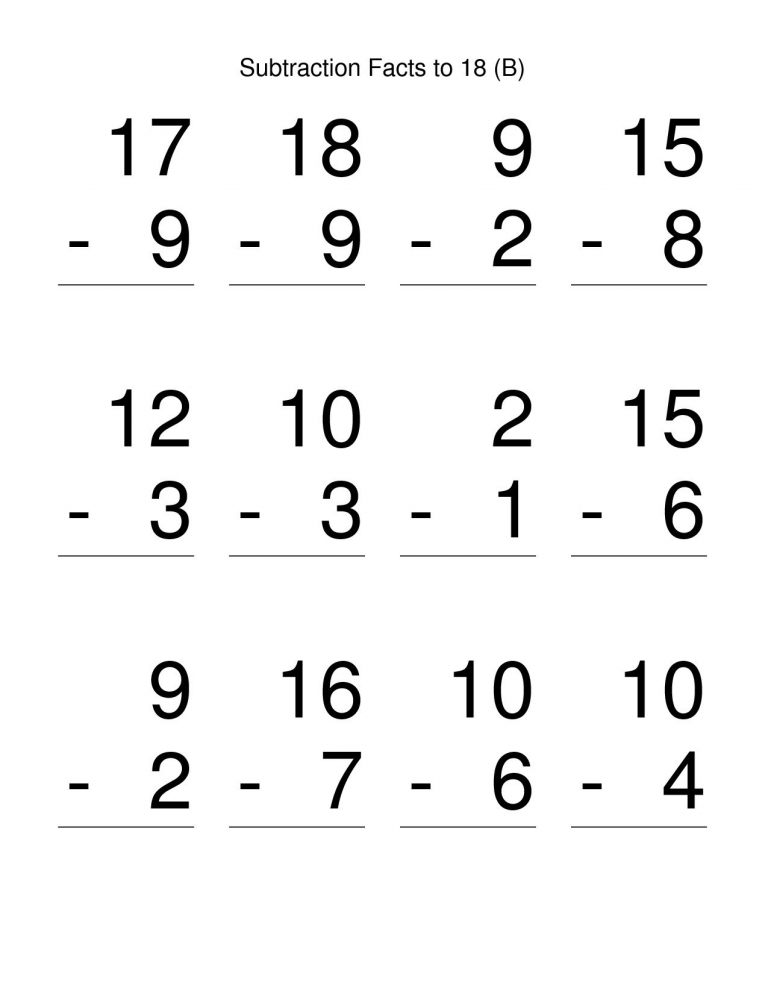
Lesson 2: Direction Words –
2 ActivitiesInterpret directional words such as left, right, up, and down.
Lesson 3: Position Words –
2 ActivitiesIdentify, locate, and move objects according to positional words such as to the left, above, and behind.
Lesson 4: The Number Line –
2 ActivitiesLocate, plot, and identify known and unknown numbers on a number line from 0 to 20 by ones and from 1 to 100 by tens.
Chapter Test: Positions
Chapter 9: “Using Shapes”
Lesson 1: Slides and Turns –
2 ActivitiesIdentify slides and turns with objects.
Lesson 2: Congruent Shapes –
2 ActivitiesIdentify matching pairs of congruent figures that have been turned or flipped.
Lesson 3: Symmetry –
2 ActivitiesIdentify lines of symmetry in two-dimensional shapes.
Chapter Test: Using Shapes
Chapter 10: “Spatial Sense”
Lesson 1: Build Shapes –
6 ActivitiesCreate two-dimensional and three-dimensional shapes using other shapes (e.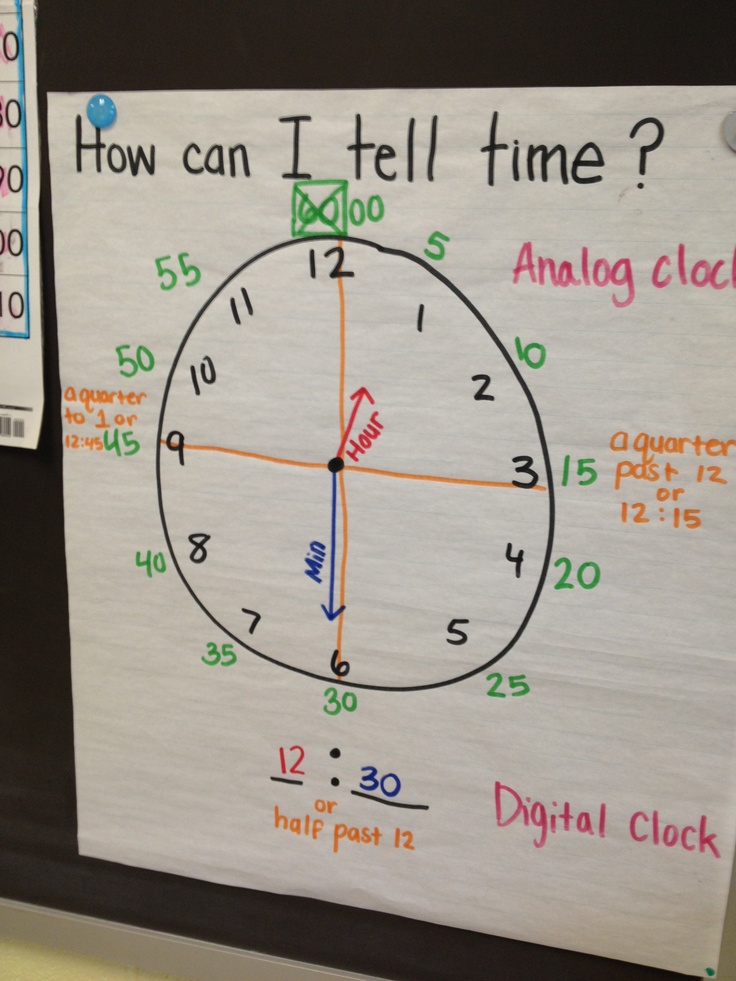 g., two squares make a rectangle).
g., two squares make a rectangle).
Lesson 2: Plane and Solid Shapes –
2 ActivitiesRecognize two- and three-dimensional shapes from various perspectives.
Lesson 3: Perimeter and Area –
2 ActivitiesCompare perimeter and area of two-dimensional shapes in terms of less than, equal to, or greater than.
Lesson 4: Shapes Around Us –
2 ActivitiesRecognize geometric shapes in the environment.
Lesson 5: Pattern Blocks –
2 ActivitiesUse pattern blocks to form shapes. Identify combined shapes in nature, art, and architecture.
Chapter Test: Spatial Sense
Chapter 11: “Time”
Lesson 1: Calendar –
2 ActivitiesIdentify the names of the week and months of the year using a calendar.
Lesson 2: Passage of Time –
2 ActivitiesIdentify the keywords that name the passage of time such as yesterday, afternoon, night, and day.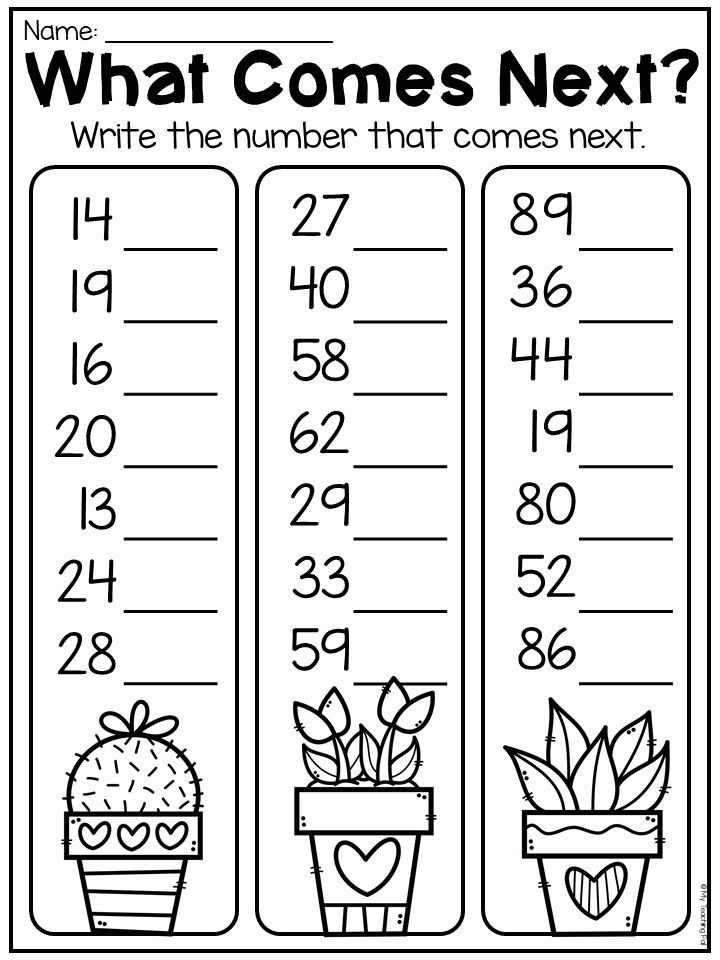
Lesson 3: Tools for Telling Time –
2 ActivitiesIdentify tools for measuring time such as clocks and calendars and name parts of each tool.
Lesson 4: Time to the Hour and Half-hour –
2 ActivitiesTell time on analog and digital clocks to hour and half hour, and relate time events using shorter/longer.
Lesson 5: Time to the Hour and Half-hour –
2 ActivitiesTell time on analog and digital clocks to hour and half hour, and relate time events using shorter/longer.
Lesson 6: Elapsed Time –
2 ActivitiesSolve simple real-world problems involving elapsed time to the hour and half hour and minutes.
Chapter Test: Time
Chapter 12: “Length”
Lesson 1: Non-standard Units –
2 ActivitiesUse nonstandard units to estimate and measure lengths.
Lesson 2: Compare Lengths –
2 ActivitiesCompare the length of two or more objects by using direct comparison or by using nonstandard units.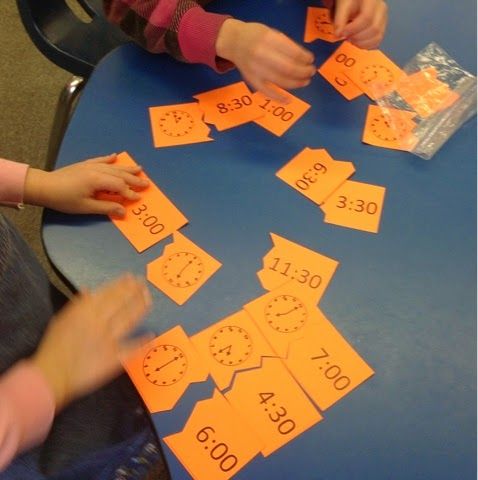
Lesson 3: Customary Units –
2 ActivitiesUse customary units to measure, compare, and order objects according to lengths, in inches and feet.
Lesson 4: Tools and Units –
2 ActivitiesChoose the appropriate unit and tool to measure length.
Lesson 5: Metric Units –
2 ActivitiesUse metric units to measure, compare, and order objects according to lengths.
Chapter Test: Length
Chapter 13: “Weight”
Lesson 1: Non-standard Units –
2 ActivitiesUse nonstandard units to estimate and measure weights.
Lesson 2: Compare Weights –
2 ActivitiesCompare the weight of two or more objects by using direct comparison or by using nonstandard units.
Lesson 3: Customary Units –
3 ActivitiesCompare the weight of two or more objects using customary units and identify the tools for measuring weight.
Lesson 4: Metric Units –
2 ActivitiesUse metric units to measure, compare, and order objects according to weights.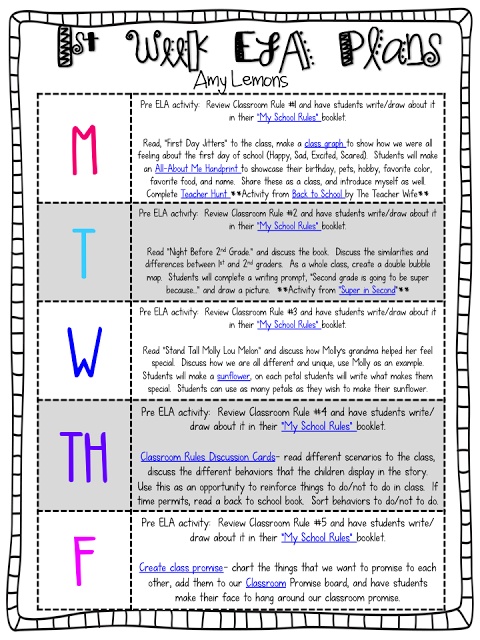
Chapter Test: Weight
Chapter 14: “Capacity”
Lesson 1: Non-standard Units –
2 ActivitiesUse nonstandard units to estimate and measure capacity.
Lesson 2: Compare Capacity –
2 ActivitiesCompare the capacity of two or more containers using direct comparison.
Lesson 3: Customary Units –
2 ActivitiesCompare the capacity (in cups, pints, and quarts) of two or more containers. Identify the tools for measuring capacity.
Lesson 4: Metric Units –
2 ActivitiesUse metric units to measure, compare, and order objects according to capacity.
Chapter Test: Capacity
Chapter 15: “Temperature”
Lesson 1: Measure Temperature –
2 ActivitiesUsing a Fahrenheit thermometer, tell temperature to the nearest 10 degrees. Match temperature in degrees Fahrenheit to the feeling outside of a warm or cold day.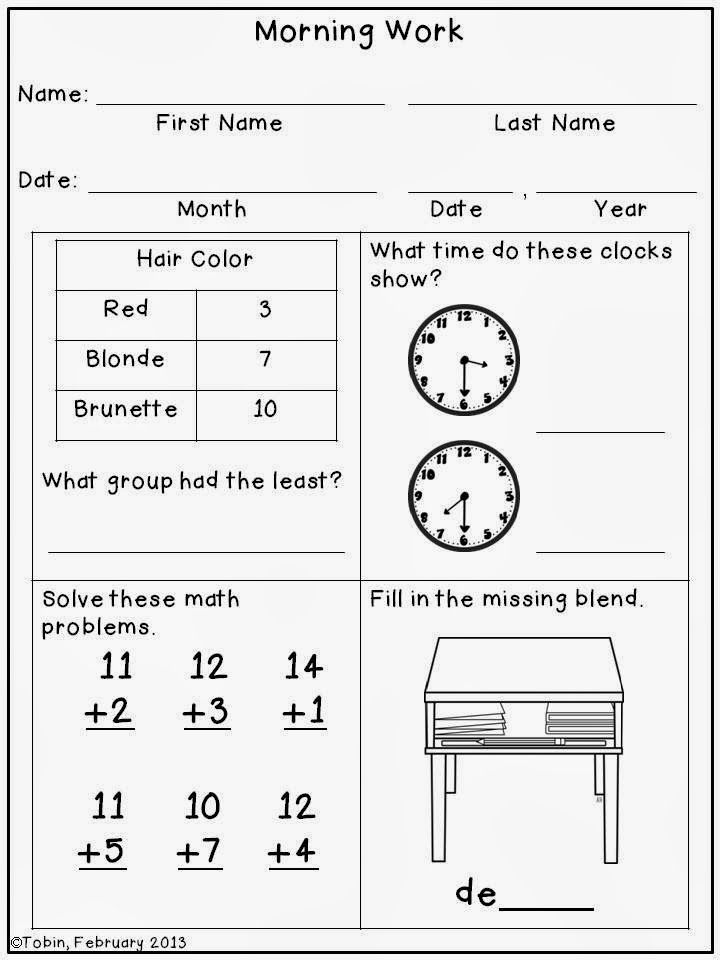
Lesson 2: Compare Temperature –
2 ActivitiesCompare temperatures in degrees Fahrenheit of two or more objects. Identify tools for measuring temperature.
Chapter Test: Temperature
Chapter 16: “Graphing”
Lesson 1: Tally Table –
2 ActivitiesSort objects into categories and create a tally table.
Lesson 2: Pictographs –
2 ActivitiesOrganize and record data in pictographs.
Lesson 3: Bar Graphs –
2 ActivitiesOrganize and record data in bar graphs.
Chapter Test: Graphing
Chapter 17: “Using Data”
Lesson 1: Compare Data –
2 ActivitiesInterpret data and explore range and mode in simple graphs.
Lesson 2: Make Predictions –
2 ActivitiesUse data to make predictions about events or situations.
Chapter Test: Using Data
Chapter 18: “Probability”
Lesson 1: Certain or Impossible –
2 ActivitiesIdentify whether an event is certain, possible, or impossible.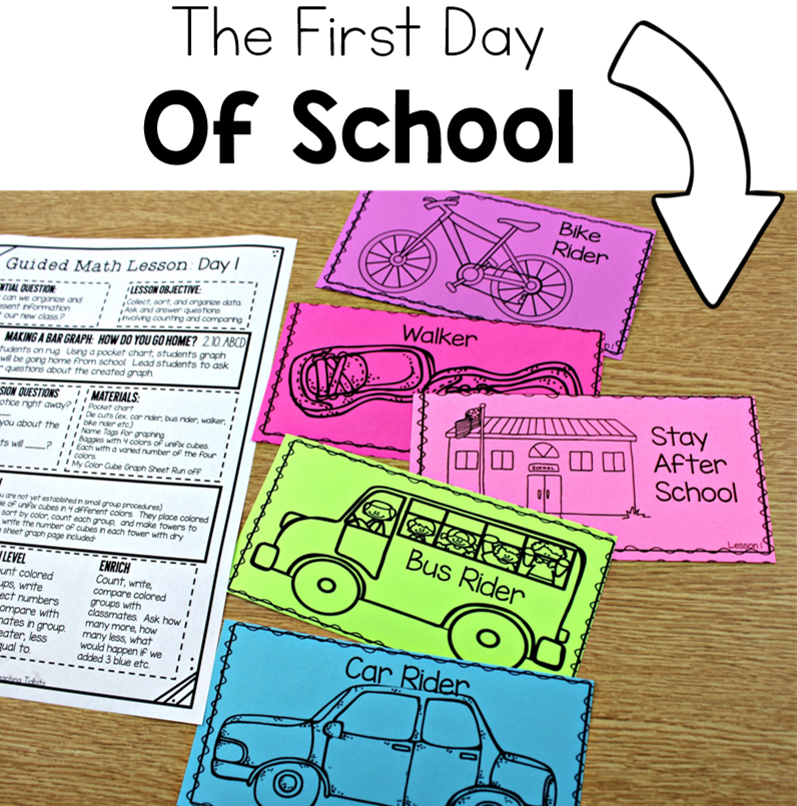
Lesson 2: Most and Least Likely –
2 ActivitiesIdentify the likelihood of a given event.
Chapter Test: Probability
Why Choose Time4Learning First Grade Math Homeschool Curriculum
Without a thorough understanding of foundational math skills, students will find it difficult to keep up with a first grade math curriculum. As we all know, in order to keep a young child engaged and to instill a lifelong love of learning they need to enjoy the lessons.
Time4Learning makes learning fun for first graders through interactive, multimedia-based lessons that feature colorful animations, funny characters, and catchy songs — all of which help children learn, retain information, and have fun. With a simple-to-follow format that builds on previous material, students are able to expand their knowledge and build their first grade math fluency in order to master concepts in number sense, addition, subtraction, estimation, money, patterns, and more.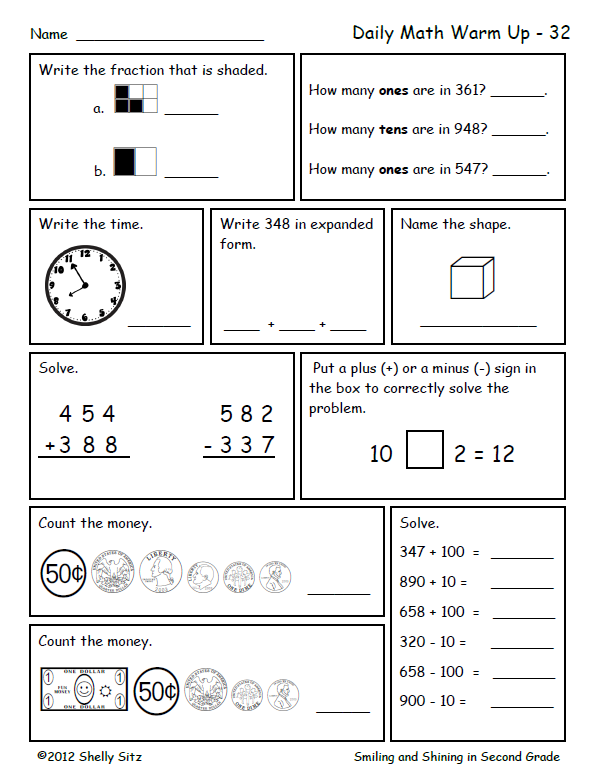
In addition to providing an award-winning curriculum for students, Time4Learning can help your student achieve all their first grade math goals and objectives with our flexible, student-paced curriculum. It also offers convenient tools for parents that help you save time and homeschool with confidence. Learn more about our online first grade homeschool curriculum, designed to help your child learn and master their fundamental concepts.
The Most Important Math Concepts Kids Learn In 1st Grade
Your child has progressed from kindergarten to first grade. That’s exciting news! There is so much learning to come their way, especially from their first grade math class.
Math skills and concepts build on each other from grade to grade, which is why children need to get a firm foundation so they can handle the more complex challenges as they progress in school.
As a concerned parent, you might be wondering what some of these mathematical concepts will be and, more importantly, how you can help your child master them.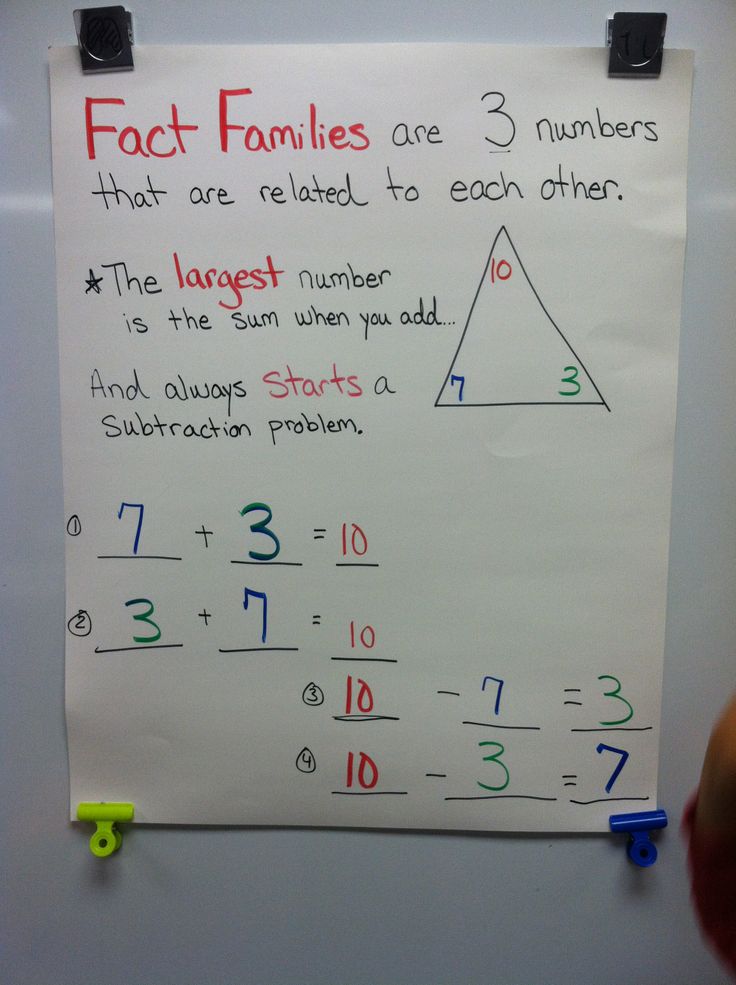 You don’t have to figure it out on your own.
You don’t have to figure it out on your own.
Here, we will give you a breakdown of what to expect from your child’s math class. We’ll also add a few tips on how to help your young learner thrive through it all.
Let’s get started!
Why Is Math Important?
Math is taught in the classroom, but that doesn’t mean that’s the only place it’s relevant. We use it every day!
From the hexagonal bee combs to the circles, semi-circles, and crescents of the phases of our moon, mathematics is an essential part of the world we live in, and learning it helps us make sense of everything around us.
Did you know that math skills can also be linked to music? Children who play musical instruments use the same part of the brain when doing math. This is why studies have shown that music students do better in mathematics than their non-musical peers.
Sports and mathematics also have an interesting connection. Just think about all the coordination involved in performing well in certain sports.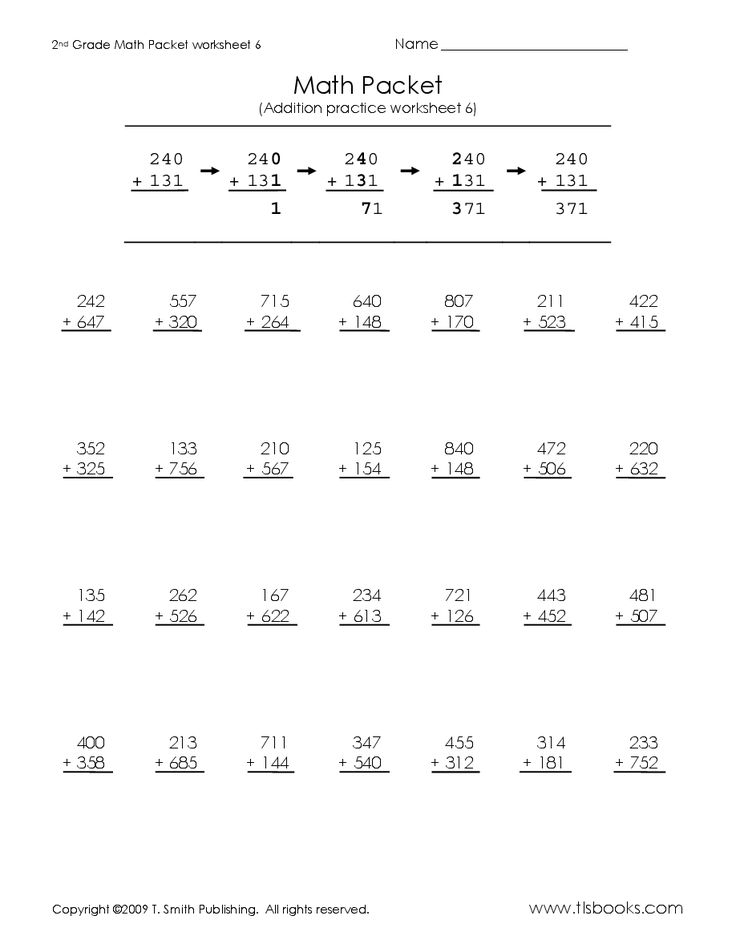 Research has shown that these skills can also be used to learn math.
Research has shown that these skills can also be used to learn math.
In addition, mathematics helps us be stronger logical thinkers. Since most young kids tend to enjoy math time, it’s essential to foster this natural love for the subject just as much as we want to encourage children’s love for reading.
Helping children develop a love for mathematics generally works well when approached actively as a problem-solving skill rather than a rote memory task. Math helps children thrive in various aspects of their lives.
So, how do we get there? It all starts with the foundation.
Below are the key first grade math concepts your child will soon learn and some tips on how you can support them on their journey.
8 Important First Grade Math Concepts
1) Numbers And Counting
At first grade level (and for the next few years in school), learning different numbers and counting will form a significant part of your child’s mathematics lessons.
By the end of the first grade, your child will have learned to:
- Count and write numbers from 1 to 100
- Count by 1s, 2s, 5s, and 10s
- Count backward
- Count onward from any number
- Count backward from any number
There are different ways to help your child grasp numbers and counting at home, and hands-on activities work best.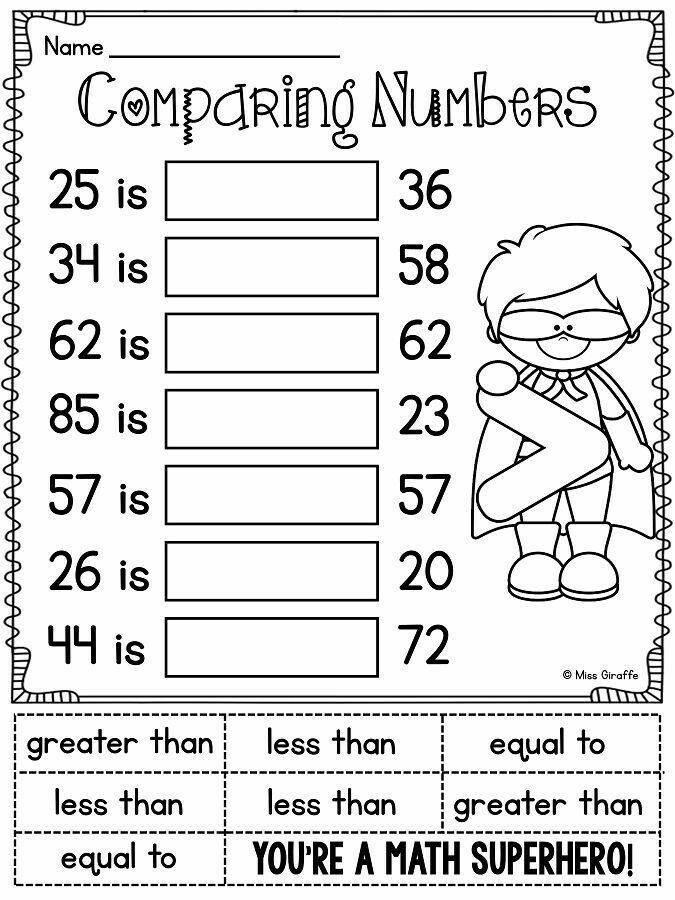
An effective strategy is to help your child visualize what all these numbers mean. For example, instead of just memorizing the numbers, they can count bears, large dried beans, or even craft sticks.
2) Addition And Subtraction
In first grade math, your young learner will start adding and subtracting numbers up to 30. They will also solve basic word problems with the help of drawings, objects, and equations.
By the end of the first grade, your child will have been shown how to:
- Add three one-digit numbers
- Write and show an understanding of the mathematical symbols (+, -, =)
- Solve problems involving one and two-digit numbers
- Solve problems involving an unknown. For example, 1 + _ = 4
Addition and subtraction are two math skills that can be demonstrated in everyday life situations. This makes it relatively easy to practice at home!
For instance, you might ask, “If you have two teddy bears and granny buys you three more, how many teddy bears will you have in total?” Or, “There were six strawberries in the fridge. Daddy ate some strawberries. There are now four left. How many did daddy eat?”
Daddy ate some strawberries. There are now four left. How many did daddy eat?”
3) 2-D Shapes
During pre-k, children get introduced to different shapes. In first grade, they will continue to extend their understanding of them.
By the end of the first grade, your child may be able to:
- Examine the attributes of different shapes (number of sides, faces, etc.)
- Name the 2-D shapes
To help your child grasp these shapes at home, continue to point out and name the 2-D shapes in the world around you (circles, triangles, pentagons, etc.).
When doing so, remember to always highlight the attributes (e.g., this book has four equal sides, so it’s a square).
4) Sorting And Patterns
Understanding and sorting patterns also forms a part of first grade math.
Your first grader will learn to:
- Sort different objects by attributes such as color, shape, and function. For example, sorting a mixed group of blocks so that the red, blue, green, and yellow blocks are separated.
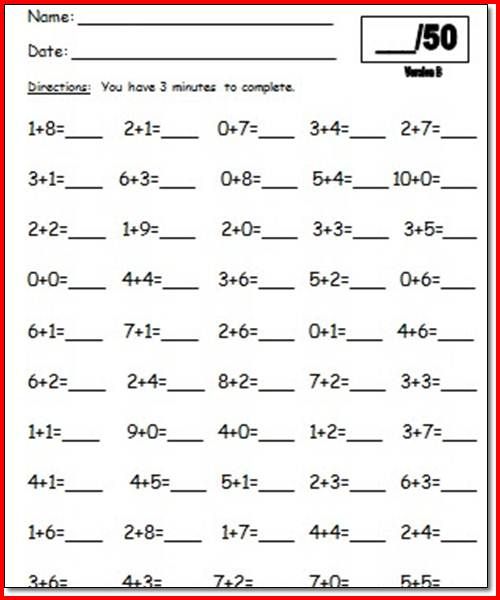
- In addition, if these blocks are placed in a pattern (e.g., green, yellow, green, yellow, etc.), your child should be able to both predict which color will come next and create their own identical pattern. This skill will help develop your child’s logical thinking.
Continue to allow your young learner to play with fun building blocks and create their own patterns to help them master this skill.
5) Fractions
Montessori material. Children’s hands. The study of mathematics School and kindergarten. Whole and part. FractionsAs a first-grader, your child will be introduced to fractions as equal shares and basic fractions such as ½, ⅓, and ¼. For children to fully grasp these concepts, it’s essential to keep things intuitive.
For example, you can start by helping them understand that a half is two equal parts, a third is three equal parts, and so forth. They also need to understand that although three is bigger than two, ⅓ is smaller than ½.
Fractions can be tricky for kids to learn, which is why it’s important to use practical and everyday items.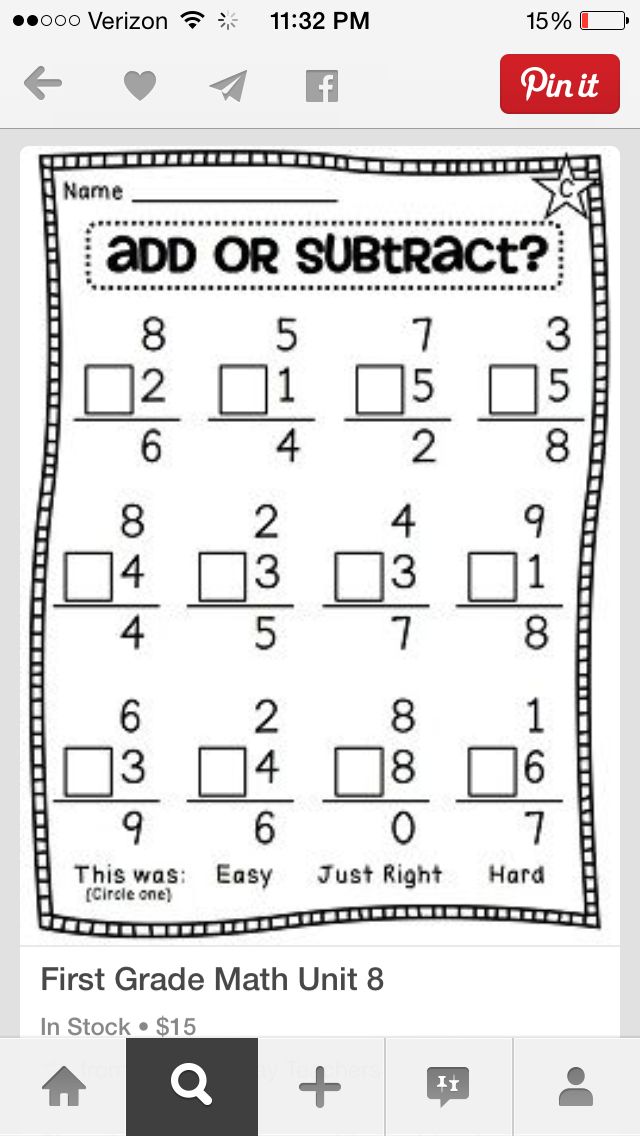
For example, you can help your young learner examine the fractions of a full pizza. Then, as you divide the pizza into different slices, talk about the parts that you’ve created from the whole.
The concept of equal shares can also be demonstrated from one object and a group. For instance, you can have ½ of a single item (e.g., ½ of a cookie), or you can have ½ of a group of objects (e.g., ½ of four cookies is two cookies).
6) Number Place Values
With all the counting in first grade math, your child will naturally be introduced to the concept of place values. For instance, understanding that in the number 288, the 2 is worth 2 “hundreds” (or 200).
There are various activities you can do at home to help your young learner with this concept, including:
- Using number lines
- Base ten blocks
For more ideas to help with number place values and other 1st grade math concepts, take a look at the book Games for Math: Playful Ways to Help Your Child Learn Math, From Kindergarten to Third Grade by HOMER’s very own Peggy Kaye.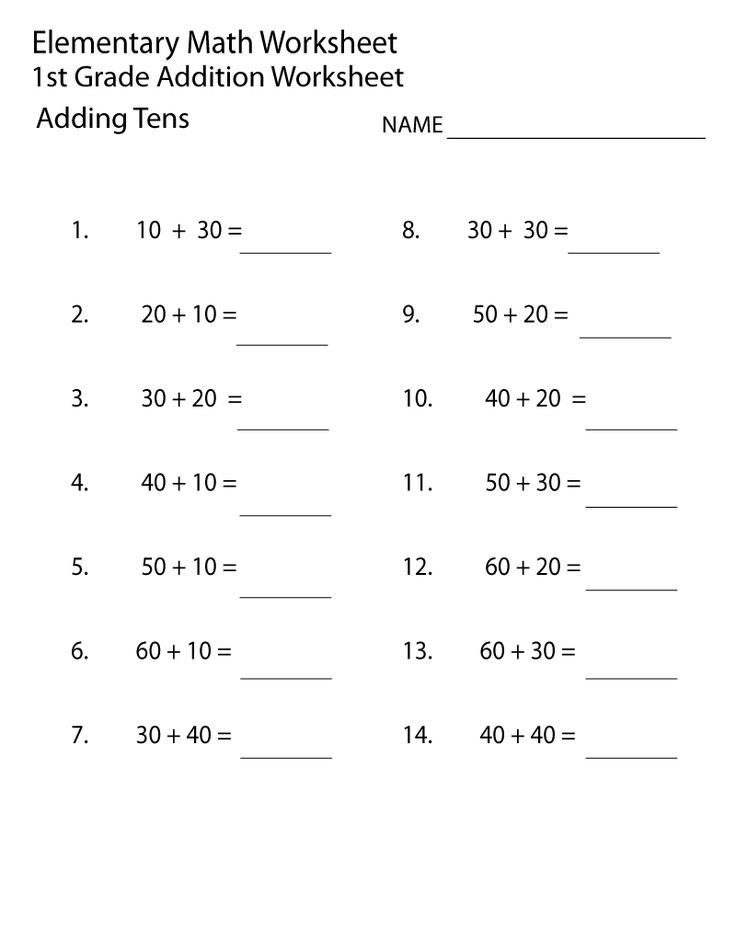
7) Time
Telling time (both digital and analog) is an important life skill that kids learn from first grade. The concept of elapsed time will also be introduced at this stage.
In first grade math, your child will learn to:
- Tell time to the nearest hour, half-hour, and quarter-hour (sometimes even to five minutes)
- Make the connection between time and events (e.g., shorter, longer, after, before)
Understanding the analog clock can be tricky for a child who’s only exposed to digital clocks. So help your young learner by buying one (or making one for learning) to hang up at home.
You can then speak to your child about what it means when the hands move. To make things easier, start by helping them tell time to an hour and half-hour before progressing to quarter-hours.
8) Measurements And Comparisons
First grade math also involves some measuring and unit comparisons.
Your child will learn how to measure using a ruler and, after taking measurements, compare and order objects by length.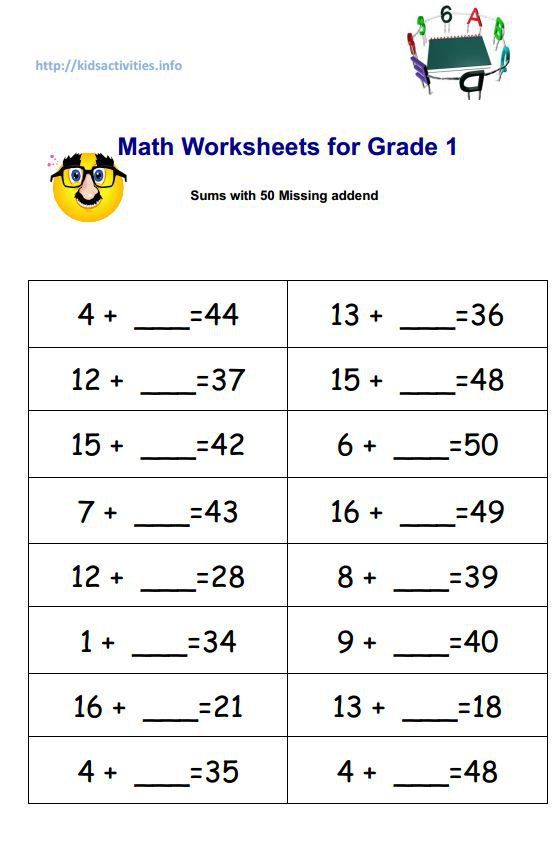 First-graders will also learn how to compare the weights and volumes of different objects.
First-graders will also learn how to compare the weights and volumes of different objects.
To help your young learner at home, keep rulers nearby and take measurements together of some of the objects they love (e.g., stuffed toys, cookies, etc.).
Bonus tip: If you’re a regular baker, why not help them see how you use measuring tools to create their favorite treats? Yum!
Helping Your Child With First Grade Math
We’ve already mentioned a few ways in which you can help your first grader with math at home. In addition to the above, playing math games is a fun and easy way to practice math at home!
Here are some examples of more math activities your young learner will enjoy at home:
- Fill in a number grid puzzle
- Build objects with legos and measure
- Number Hunt, Hopscotch, Is It A Number, and Find A Number
Math Is All Around Us
Helping your child grasp first grade math concepts at home is easier when you focus on the fact that mathematics is a part of our everyday lives.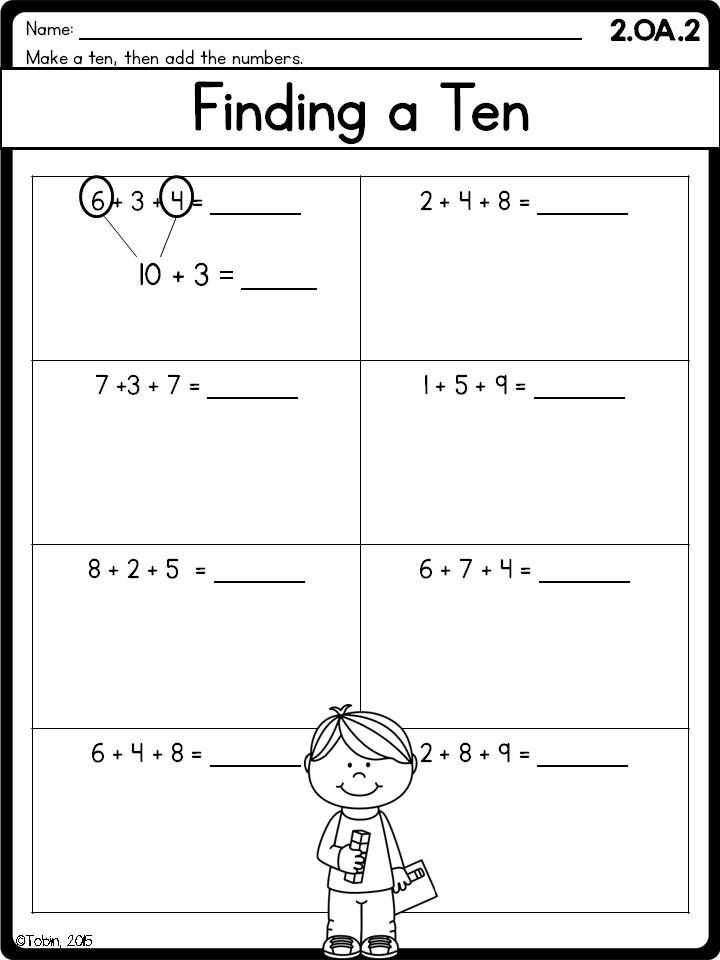 It is in the shape of road signs, the parts of sliced pizza, and even the watches on our wrists!
It is in the shape of road signs, the parts of sliced pizza, and even the watches on our wrists!
Sometimes kids (and parents) forget that math can be lots of fun. So whenever you can, incorporate games and activities to bring a little excitement to all the learning.
Will this help your child become our next best mathematician? Only time will tell. But one thing is for sure — all of the great mathematicians started somewhere. Even Isaac Newton had to master first grade math!
For more ideas and inspiration, visit the HOMER Learn & Grow app.
Author
Math Lessons for Grade 1 - Useful Materials for Teachers
do not forget to leave your comments, feedback, suggestions.
Mathematics as a subject forms a stable cognitive interest and logical thinking skills. Mathematical tasks contribute to the development of the child's thinking, attention, observation, strict reasoning sequence and creative imagination.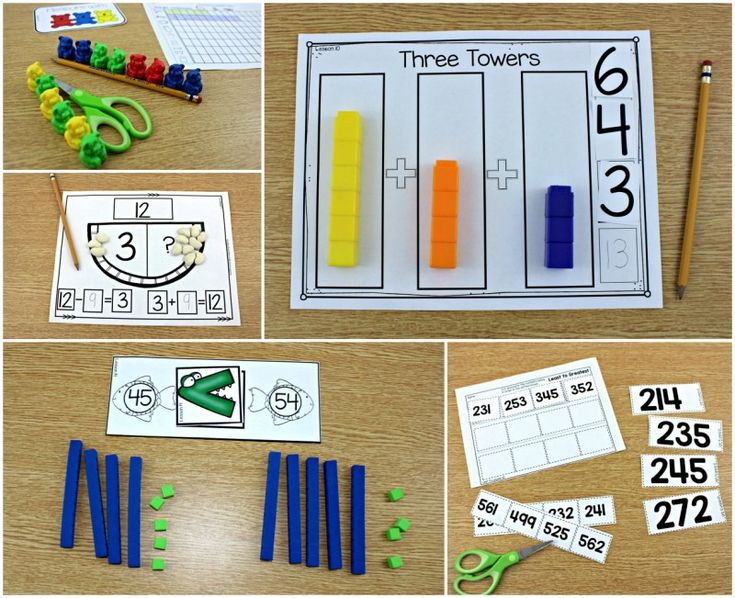 Today's world is undergoing significant changes that place new demands on a person. If a student in the future wants to actively participate in all spheres of society, then he needs to be creative, continuously improve himself and develop his individual abilities.
Today's world is undergoing significant changes that place new demands on a person. If a student in the future wants to actively participate in all spheres of society, then he needs to be creative, continuously improve himself and develop his individual abilities.
The main goals of mathematics education are:
- intellectual development of students, the formation of the qualities of thinking that are characteristic of mathematical activity and necessary for a person to live a full life in society;
- mastering specific mathematical knowledge, skills and abilities necessary for application in practical activities, for studying related disciplines, for continuing education;
- education of the individual in the process of mastering mathematics and mathematical activity;
All developmentSynopsis of the lessonKnowledge assessmentPlanningPresentationMiscellaneousLessonsElectives
All classes Preschoolers Grade 1 Grade 3 Grade 4 Grade 5 Grade 6 Grade 7 Grade 8 Grade 9 Grade 10 Grade 11
Formative assessment runs throughout the lesson.
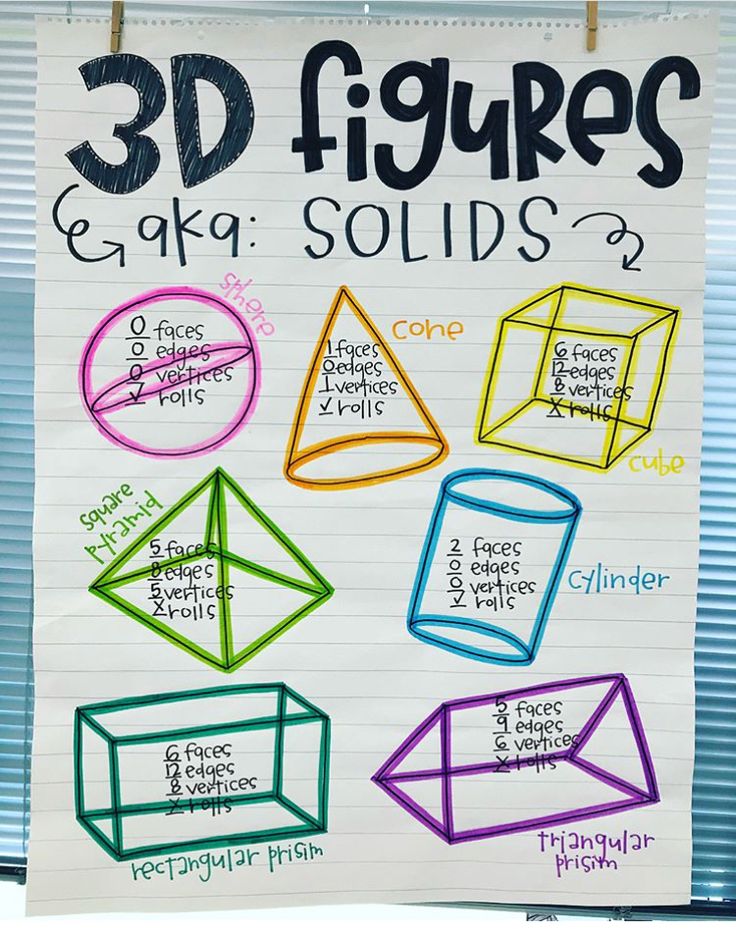 Children in the lesson will learn how the components are called when subtracting; learn to extract information; - apply new terms when compiling and reading mathematical expressions for subtraction; - answer ...
Children in the lesson will learn how the components are called when subtracting; learn to extract information; - apply new terms when compiling and reading mathematical expressions for subtraction; - answer ... May 29, 2022 Olga Vyacheslavovna Kosheleva
87 2 0 0
Lesson summary in grade 1 under the program "School of Russia" ...
May 16, 2022 Chernykh Natalya Viktorovna
57 7 0 0
METHODOLOGICAL DEVELOPMENT Summary of the lesson of mathematics On the topic “Lesson-excursion. Entertaining tasks. Purpose: to expand the idea of an entertaining task, to identify similarities and differences in solving simple and entertaining tasks; develop scientific and cognitive ...
April 22, 2022 Koltsov Kirill Dmitrievich
108 84 2 1
Number and digit 9.
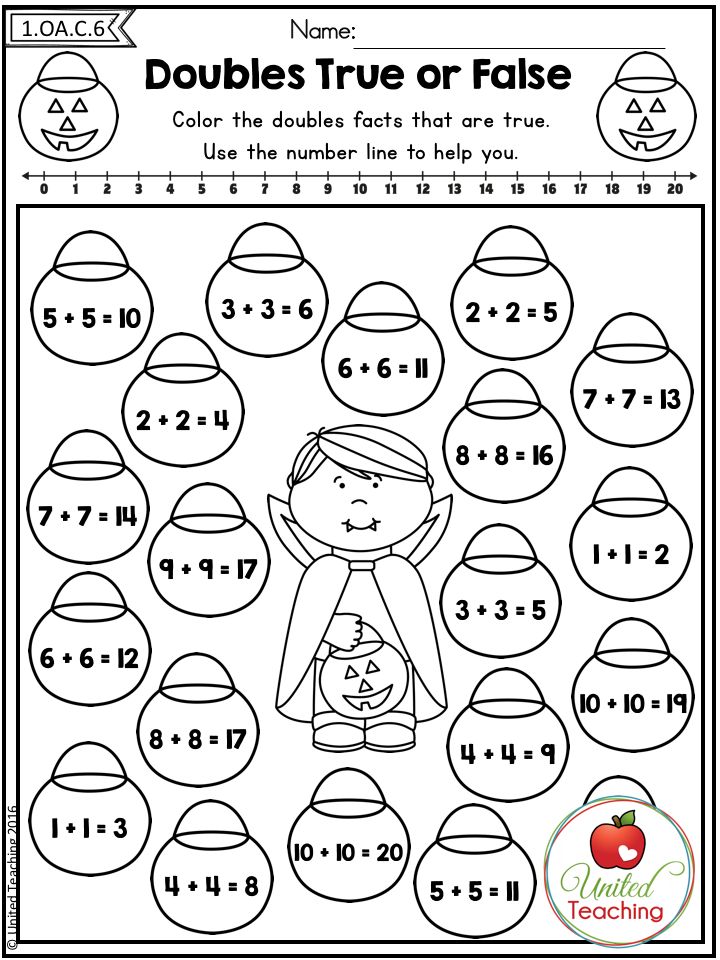 ...
... February 20, 2022 Zimina Svetlana Alexandrovna
82 3 0 0
With the help of this article, you will be able to learn techniques and methods that will increase the motivation of primary school students ...
February 10, 2022 Smirnova Olesya Evgenievna
73 one one 0
The lesson takes place in the form of a game. Various types of work aimed at summarizing the studied material are used. ...
04 February 2022 Petukhova Yulia Nikolaevna
105 0 2 0
In the file, the lesson summary and presentation for the lesson are compiled in accordance with the Federal State Educational Standard.
 The slides contain materials for self-examination and self-assessment of students' work. ...
The slides contain materials for self-examination and self-assessment of students' work. ... December 12, 2021 Chernyshova Olga Nikolaevna
107 41 0 0
Technologies: gaming technology, health-saving. Forms of organization: frontal, individual, work in pairs, in a group. Type of lesson: a lesson for consolidating knowledge. The purpose of the lesson: as a result of practical actions and observations, to consolidate the ability to perform ...
November 02, 2021 Rudenko Elena Alexandrovna
190 7 0 0
This development will help in an interesting way to summarize the knowledge of students on the topic "Numbers from 1 to 10. Numbering" ...
October 23, 2021 Tikhomirova Elena Alexandrovna
151 7 0 0
This lesson is aimed at developing children's ideas about such terms as the commutative property of addition, at developing the ability to operate with this knowledge.
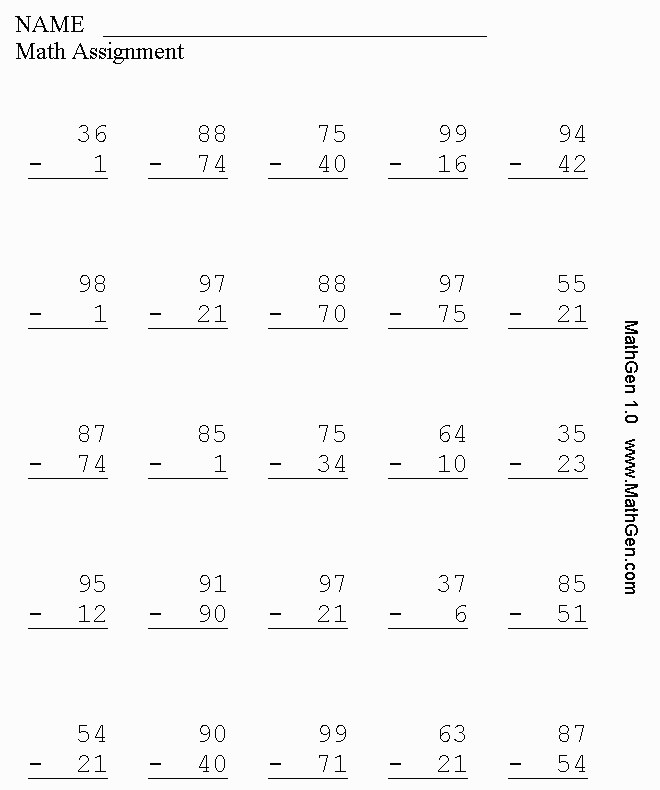 ...
... October 19, 2021 Ostapenko Elena Borisovna
80 3 0 0
Math lessons 1st grade
Show
Maths
Lessons
1 class
Lessons in mathematics grade 1 and others useful materials for math teacher , which you can choose and download for free in this section.
"Number 0. Consolidation of the studied"
Lessons
Summary of the lesson in mathematics in grade 1.
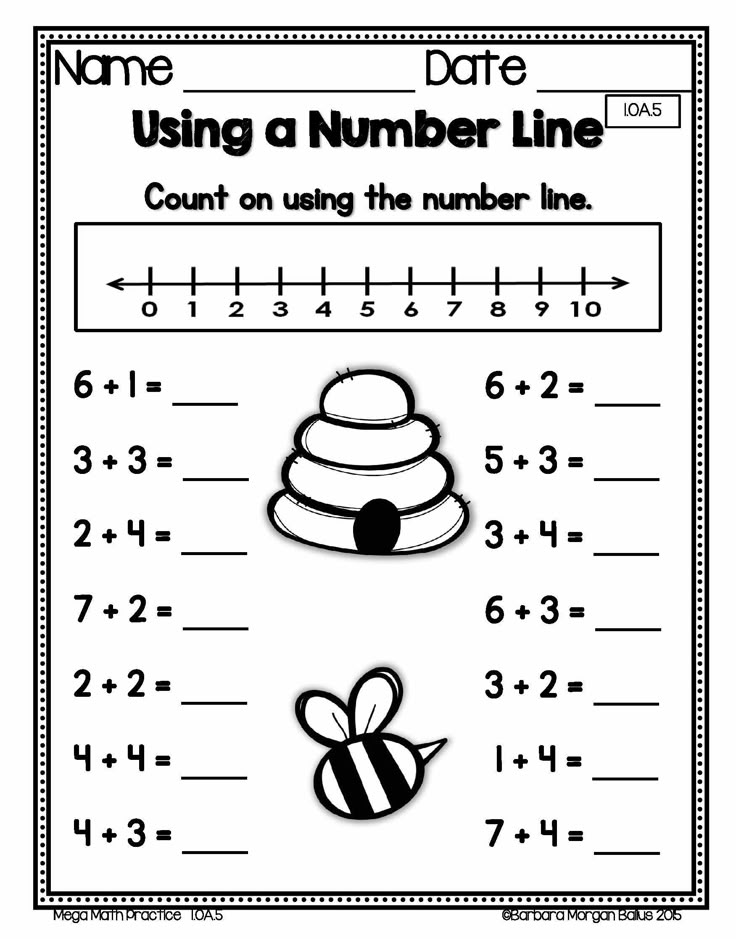 The lesson is a fairy tale. EMC "School of Russia".
The lesson is a fairy tale. EMC "School of Russia". Math lesson in grade 1 "Numbers from 1 to 5"
Lessons
Math lesson for grade 1. Consolidation of what has been learned. Using the test material created in the Google service /Google-forms/.
Olympiad: Mathematics 1 - 11 classes
Mathematics lesson on the topic: "The number and number 0. Addition and subtraction with the number 0" Grade 1
Lessons
Lesson type: a lesson in the complex use of new knowledge The purpose of the lesson: To teach how to write equalities and find a value for addition and subtraction with the number
Repetition of the studied material. Generalization and systematization of knowledge
Lessons
The lesson of generalization and systematization of knowledge was held as a lesson-journey "Finding Nemo".
